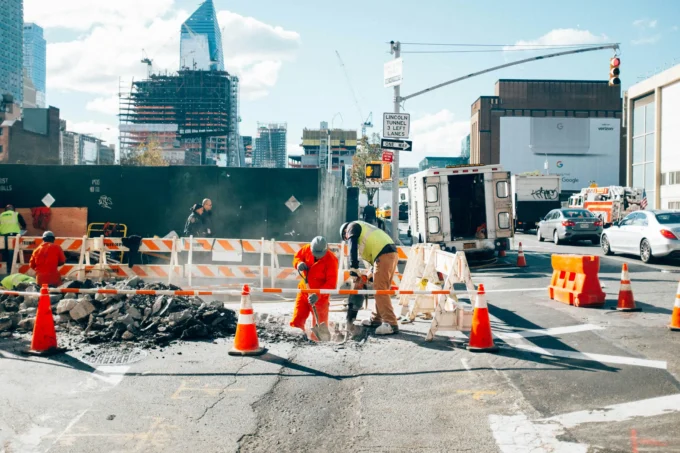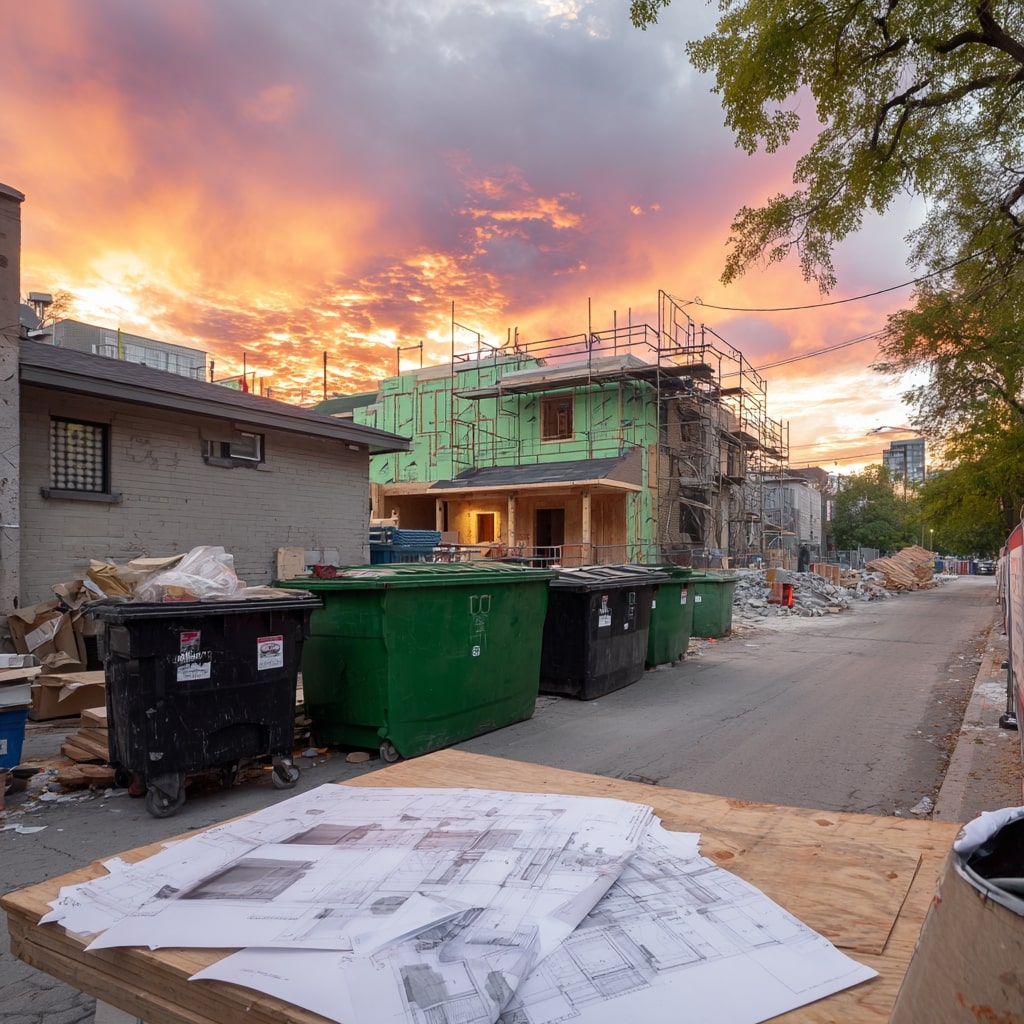- Home
- Articles
- Architectural Portfolio
- Architectral Presentation
- Inspirational Stories
- Architecture News
- Visualization
- BIM Industry
- Facade Design
- Parametric Design
- Career
- Landscape Architecture
- Construction
- Artificial Intelligence
- Sketching
- Design Softwares
- Diagrams
- Writing
- Architectural Tips
- Sustainability
- Courses
- Concept
- Technology
- History & Heritage
- Future of Architecture
- Guides & How-To
- Art & Culture
- Projects
- Interior Design
- Competitions
- Jobs
- Store
- Tools
- More
- Home
- Articles
- Architectural Portfolio
- Architectral Presentation
- Inspirational Stories
- Architecture News
- Visualization
- BIM Industry
- Facade Design
- Parametric Design
- Career
- Landscape Architecture
- Construction
- Artificial Intelligence
- Sketching
- Design Softwares
- Diagrams
- Writing
- Architectural Tips
- Sustainability
- Courses
- Concept
- Technology
- History & Heritage
- Future of Architecture
- Guides & How-To
- Art & Culture
- Projects
- Interior Design
- Competitions
- Jobs
- Store
- Tools
- More

Car accidents are unfortunate events that can happen to anyone in Oroville, California, leaving victims feeling overwhelmed and uncertain about their next steps. According to the California Highway Patrol, Butte County, where Oroville is located, reported over 1,200 traffic accidents in 2023, with many resulting in property damage and personal injuries. Immediately after an accident, collecting evidence that could prove useful for protecting your rights is crucial. If you’ve been involved in a car accident in Oroville, consulting with Steve Gimblin Personal Injury & Car Accident Lawyer, can help ensure you understand your legal options while you focus on gathering essential evidence.
Gathering evidence may be crucial for insurance claims or to pursue legal options; therefore, it’s important to know the necessary steps to take. Following these systematic steps can help protect your interests and strengthen any potential claim you may need to file.
Table of Contents
ToggleDocument the Scene
Safety is always the first priority after a car accident. Once you’ve ensured everyone’s safety and moved to a secure location, begin documenting the scene. Take clear photographs using your phone or camera of the accident scene from multiple angles. Capture images of vehicle damage, road conditions, traffic signs, skid marks, and any debris. Video evidence can also provide a comprehensive view of the entire incident and surrounding area.
Gather Contact Information
Exchange contact details with all parties involved in the accident. Collect names, phone numbers, and addresses from drivers, passengers, and witnesses. This information will be important when insurance companies need to contact individuals to verify accounts of the incident. You should also obtain details about the other vehicles involved, including license plate numbers, vehicle identification numbers, makes, models, and years.

Secure Witness Statements
Independent witnesses can provide an unbiased account of the crash. If possible, speak with eyewitnesses who observed the incident. Use your phone to record their statements or take detailed notes about what they saw. Witness testimonies can significantly support your case by providing an objective perspective of the events that occurred.
File a Police Report
A police report serves as an official document of the accident. Contact local authorities about the incident, regardless of how minor it may seem. Responding officers will photograph the scene, interview all parties involved, and create a comprehensive report. This official documentation will be invaluable during negotiations with insurance companies or if legal action becomes necessary.
Collect Insurance Information
Exchange insurance details with the other drivers involved. Record the insurance company names, policy numbers, and contact information for claims departments. According to the National Association of Insurance Commissioners, having complete insurance information streamlines the claims process and ensures all relevant parties can be contacted efficiently.
Take Personal Notes
Detailed personal notes can be extremely valuable evidence. Write down your account of the accident as soon as possible while the details are fresh in your memory. Include specific information such as the time, date, weather conditions, and a step-by-step description of what happened. These contemporaneous observations can help clarify important details later in the claims process.
Seek Medical Attention
Obtain medical evaluation for any injuries, regardless of how minor they may appear initially. Some injuries, particularly soft tissue damage, may not manifest symptoms immediately. Medical records documenting any injuries sustained in the accident will be essential for your insurance claim or legal case. Request copies of all medical documentation, including diagnoses, treatment plans, and follow-up care recommendations.
Keep Records of Communication
Maintain copies of all correspondence related to the accident. This includes emails, text messages, and phone call logs with insurance companies, attorneys, and other involved parties. These records help establish a timeline and provide context for conversations and agreements made during the claims process.
Seek Professional Legal Help
When accidents involve significant damage, injuries, or disputed liability, consulting with an experienced attorney is advisable. A lawyer specialising in car accident cases can help ensure all necessary evidence is collected and properly preserved — but when charges involve alcohol or impaired driving, working with an experienced drink driving lawyer is crucial to protect your licence and your legal rights. Their expertise becomes invaluable when negotiating with insurance companies or pursuing legal action.

Understand the Importance of Acting Quickly
Taking immediate action after an accident is critical. Physical evidence can deteriorate or disappear, and witness memories fade over time. California’s statute of limitations for personal injury claims is generally two years, but beginning your documentation process immediately helps preserve the strongest possible evidence for your case.
Organize Your Evidence
Develop a systematic approach to storing and organizing your evidence. Use digital tools or physical folders to keep documents, photographs, and other materials easily accessible. Proper organization ensures information is readily available when needed for insurance claims or legal proceedings.
Conclusion
Collecting evidence after a car accident requires a systematic and thorough approach. By documenting the scene, gathering witness statements, and preserving all relevant information, you protect your interests and strengthen your position. Remember that quick action and thorough preparation can make a significant difference when dealing with insurance claims and legal processes. The steps you take immediately after an accident often determine the success of your eventual claim or lawsuit.
Submit your architectural projects
Follow these steps for submission your project. Submission FormLatest Posts
The Chain Reaction Triggered by Foundation Movement
Foundation movement is never an isolated event contained strictly to the concrete...
Why Smart Bin Rental Strategy Shapes Better Architecture Projects
Picture this: you’re standing before your dream architectural project, blueprints approved, permits...
The 10 Most Iconic Buildings in the World and Their Stories
From ancient marvels like the Great Pyramid of Giza to modern icons...
How to Choose the Best Balloon Garland Kit for Your Event Theme
Balloon garlands are now a very popular decoration for today’s celebrations, including...










Leave a comment